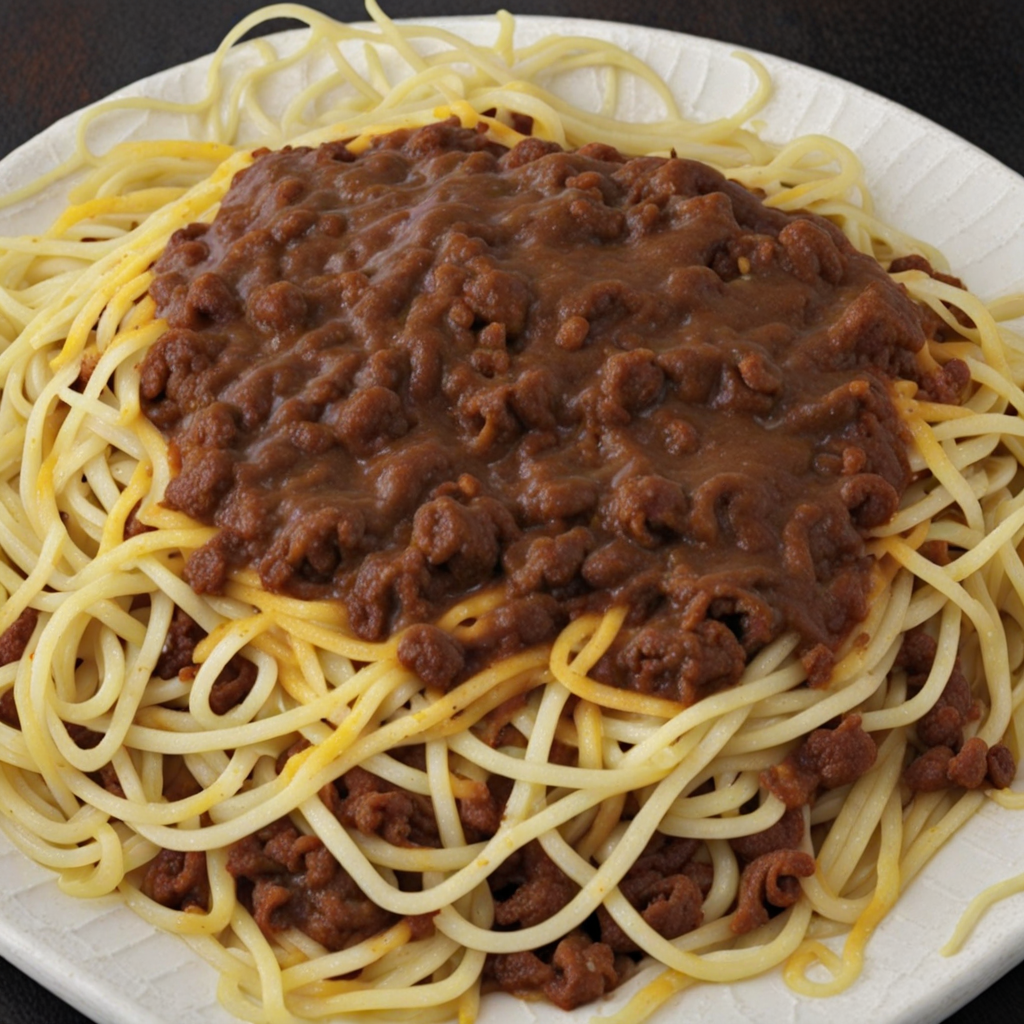Boston Cream Pie
Boston Cream Pie is a delightful dessert that beautifully blends the textures and flavors of cake, cream, and chocolate. Despite its name, it is not a pie but rather a luscious cake made from two layers of buttery sponge cake filled with a rich and velvety custard or cream. The custard, often flavored with vanilla, adds a luxurious creaminess that perfectly complements the lightness of the cake, creating a harmonious balance that is both comforting and indulgent. What truly sets Boston Cream Pie apart is its glossy chocolate ganache topping. The ganache is typically made from a mixture of heavy cream and dark chocolate, poured over the assembled cake to create a shiny and decadent finish. As you take a bite, the smooth chocolate melts in your mouth, blending beautifully with the sweet vanilla custard, while the sponge cake offers a gentle, airy texture that makes each forkful delightful. This combination of flavors and textures makes for an unforgettable dessert experience. Traditionally served chilled, Boston Cream Pie is a perfect treat for special occasions or as a sweet indulgence during any time of the year. Its origins can be traced back to the 19th century at the Parker House Hotel in Boston, Massachusetts, where it was first created. Today, it remains a beloved classic in American dessert culture, celebrated for its delicious simplicity and elegant presentation. Whether enjoyed at a restaurant or homemade, Boston Cream Pie promises a delightful journey through flavors that will leave any dessert lover craving more.
How It Became This Dish
The Sweet Legacy of Boston Cream Pie: A Culinary Journey Boston Cream Pie, a delightful confluence of flavors and textures, is one of America’s official desserts, recognized for its rich history and cultural significance. While the name might suggest a delicate pastry, Boston Cream Pie is, in fact, a cake comprised of two layers of sponge cake filled with a luscious custard or cream and topped with a glossy chocolate ganache. Its roots run deep in the culinary soil of New England, intertwining with the region’s history and the evolution of American desserts. #### Origins of Boston Cream Pie The origins of Boston Cream Pie date back to the late 19th century, specifically to the Parker House Hotel in Boston, Massachusetts. The hotel was established by Harvey D. Parker in 1855 and quickly became a social hub for the elite of Boston and visiting dignitaries. The hotel’s famed pastry chef, M. C. “Charlie” Unsworth, is often credited with creating the Boston Cream Pie around 1856. Contrary to what one might expect, Boston Cream Pie was not initially called by this name. The term “pie” at the time encompassed a broader range of desserts, including cakes. The dessert featured a delicate sponge cake, which was layered and filled with a rich custard that resembled a pie filling. This unique combination of cake and custard, topped with chocolate glaze, captured the imagination of the public and became a sensational hit. #### Cultural Significance Boston Cream Pie holds a special place in American culinary history, emblematic of the region's baking traditions. The dessert reflects the influence of French culinary techniques, which were prominent in American kitchens during the 19th century. The use of custard and the method of layering cakes were characteristics that showcased the blending of European influences with American ingenuity. In 1912, the Massachusetts State Legislature officially designated Boston Cream Pie as the state dessert, solidifying its status in the heart of New England’s culinary identity. This designation highlighted not just the dessert itself, but also the cultural significance of Boston as a center of innovation and tradition in American gastronomy. #### Evolution Through Time As the years progressed, Boston Cream Pie evolved in various ways, adapting to changing tastes and culinary trends. In the early 20th century, the recipe began to circulate widely, appearing in numerous cookbooks and magazines. Home bakers embraced this recipe, leading to variations that included different types of batters and fillings. Though the classic recipe remained popular, adaptations such as chocolate cake layers or whipped cream toppings emerged, demonstrating the flexibility of this beloved dessert. During the mid-20th century, the rise of convenience foods and pre-packaged ingredients led to a decline in traditional baking practices. However, Boston Cream Pie maintained its allure, often appearing in restaurant menus and bakery displays. The 1970s and 1980s saw a resurgence of interest in classic desserts, spurred by the gourmet cooking movement that emphasized the importance of quality ingredients and traditional techniques. Chefs began to reinterpret Boston Cream Pie, experimenting with flavor profiles and presentation while respecting its historical roots. In the 21st century, Boston Cream Pie has continued to evolve, becoming a staple in various dining establishments across the United States. The dessert has found its way into modern cafes and bakeries, often reimagined in diverse forms, including cupcakes, ice cream, and even as a filling in donuts. The rise of social media has facilitated a renewed interest in baking, with home cooks sharing their own interpretations of Boston Cream Pie, further cementing its place in contemporary culinary culture. #### Boston Cream Pie Today Today, Boston Cream Pie is celebrated not only as a delicious dessert but also as a symbol of Boston's rich culinary heritage. It is often featured at local events, food festivals, and in restaurants that pay homage to traditional New England fare. The dessert is also a testament to the American spirit of innovation, showcasing how a simple recipe can adapt and thrive through changing tastes, ingredients, and cultural influences. The dessert’s appeal transcends age and geography, making it a beloved choice for celebrations, gatherings, and special occasions. The iconic combination of light sponge cake, creamy custard, and rich chocolate ganache continues to delight palates across the nation. #### Conclusion Boston Cream Pie is more than just a dessert; it is a narrative woven into the fabric of American history. From its humble beginnings in a Boston hotel to its status as a state dessert, it reflects the evolution of culinary practices and the influence of cultural exchange. As it adapts to modern tastes while honoring its storied past, Boston Cream Pie remains a delicious reminder of the rich tapestry of American food history. Through every slice, we taste not just the flavors of butter, sugar, and chocolate, but also the stories of the people who cherished, created, and transformed this iconic dessert. Whether enjoyed in a bustling bakery or a quiet kitchen, Boston Cream Pie continues to sweeten lives and bring people together, bridging the gap between tradition and innovation in a deliciously enduring way.
You may like
Discover local flavors from United States







